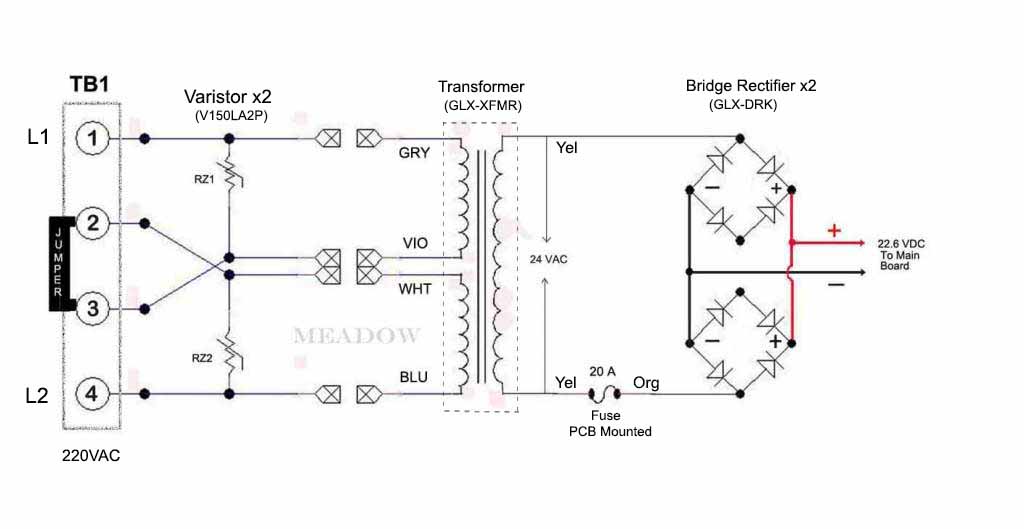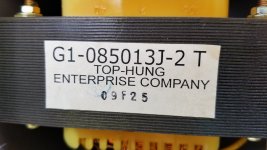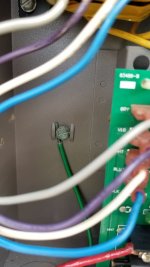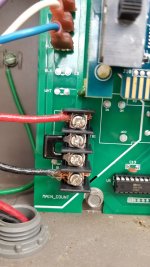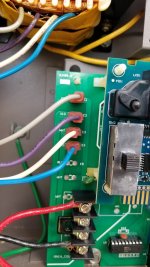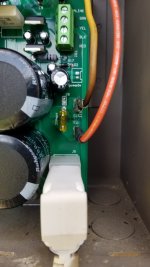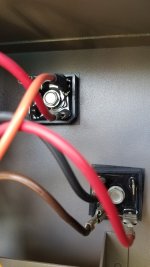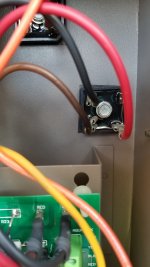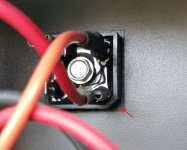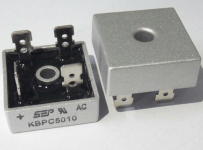Hello,
May salt water panel recently went dead, no lights, no power, no digital display etc. I replaced the black circular resister as previously in the past believing this was the issue and fix as previously. After swapping out the resister, I reinstalled the circuit board with all the wires in the right place and upon starting the pumps up and powering up the saltwater panel, I noticed that the resister did not fix the issue. I then removed the 20 amp yellow fuse and noticed that it was popped (black center). I then replaced the fuse with a new 20 amp yellow fuse and upon firing it back up, the fuse popped. I repeated this a total of two times with new fuses and each time it popped and the lights and digital display went blank. Any suggestions to the issue is greatly appreciated.
May salt water panel recently went dead, no lights, no power, no digital display etc. I replaced the black circular resister as previously in the past believing this was the issue and fix as previously. After swapping out the resister, I reinstalled the circuit board with all the wires in the right place and upon starting the pumps up and powering up the saltwater panel, I noticed that the resister did not fix the issue. I then removed the 20 amp yellow fuse and noticed that it was popped (black center). I then replaced the fuse with a new 20 amp yellow fuse and upon firing it back up, the fuse popped. I repeated this a total of two times with new fuses and each time it popped and the lights and digital display went blank. Any suggestions to the issue is greatly appreciated.


